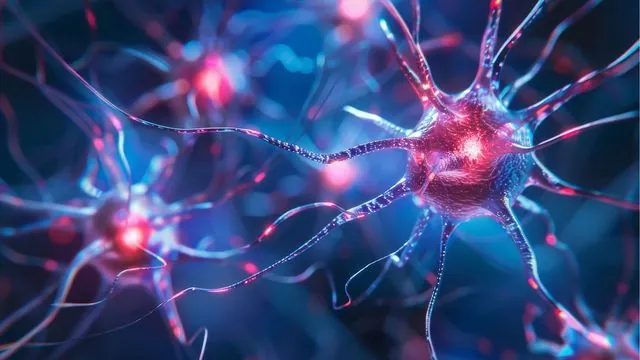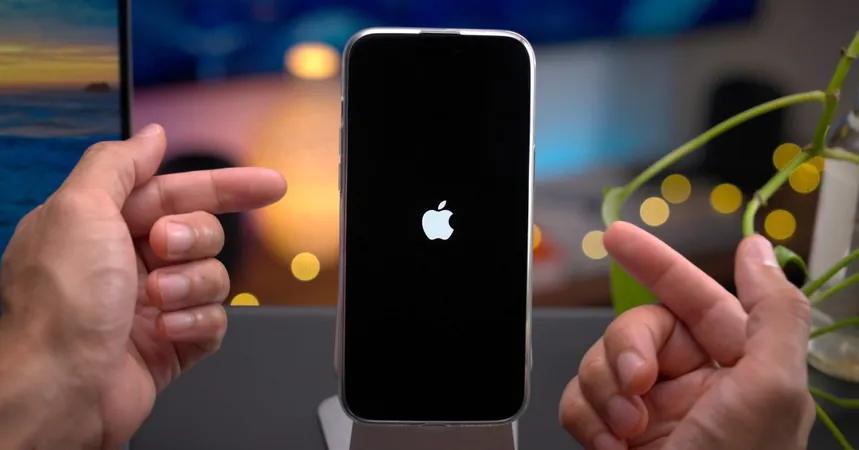
Revolutionary Breakthrough: Astroglia Transformed into Interneuron-Like Cells!
2024-11-11
Author: John Tan
Introduction
In an exciting development for neuroscience and regenerative medicine, researchers have successfully transformed astroglia – the brain’s supportive cells – into cells that closely resemble interneurons. This groundbreaking research, published in *Science Advances*, opens up new avenues for treating neurological disorders, particularly conditions like epilepsy that arise from malfunctioning brain circuits.
The Research Study
The study, conducted with mice shortly after their birth, involved inducing astroglia to produce a protein called Ascl1, essential for nervous system development. What makes this finding particularly remarkable is that a mutated form of Ascl1 demonstrated significant efficiency in reprogramming astroglia into functional neurons, surpassing the effectiveness of the protein produced naturally in the body.
Properties of Generated Neurons
The generated neurons exhibited critical properties akin to native brain neurons, including the ability to fire at high frequencies – a characteristic signature of fast-spiking parvalbumin-positive interneurons. These interneurons are crucial for maintaining the balance and regulation of brain circuitry, which is often disrupted in various neurological conditions.
Expert Insight
Dr. Nicolás Marichal, a Research Associate at the Centre for Developmental Neurobiology at King’s IoPPN and a lead author of the study, highlighted the potential implications of this research, stating, “This landmark study’s success in creating neurons from astroglia breaks new ground in regenerative medicine, offering promise for the restoration of aberrant circuitry and brain function in neurological conditions. This work paves the way for further research to exploit these findings and leverage lineage reprogramming of glia into subtype-specific neurons as a new therapeutic avenue.”
Conclusion
The implications of this research extend beyond mere curiosity; it holds the potential to change the landscape of neurology. By providing a method to directly convert non-neuronal cells into functioning neurons, it could offer new hope for patients suffering from debilitating brain disorders. As researchers continue to explore and expand on these findings, we may be closer than ever to developing therapies that can restore proper brain function and improve the quality of life for those affected by severe neurological issues.
Future of Neurotherapy
Stay tuned for further updates as science paves the way for revolutionary treatments that could reshape our understanding of brain repair!



 Brasil (PT)
Brasil (PT)
 Canada (EN)
Canada (EN)
 Chile (ES)
Chile (ES)
 España (ES)
España (ES)
 France (FR)
France (FR)
 Hong Kong (EN)
Hong Kong (EN)
 Italia (IT)
Italia (IT)
 日本 (JA)
日本 (JA)
 Magyarország (HU)
Magyarország (HU)
 Norge (NO)
Norge (NO)
 Polska (PL)
Polska (PL)
 Schweiz (DE)
Schweiz (DE)
 Singapore (EN)
Singapore (EN)
 Sverige (SV)
Sverige (SV)
 Suomi (FI)
Suomi (FI)
 Türkiye (TR)
Türkiye (TR)